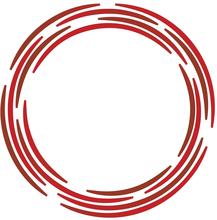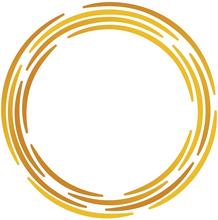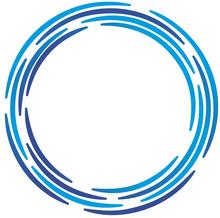Topics
SID is currently working on several topic areas:
Closed-Loop Project
A Circular Economy aims to decouple economic growth from the consumption of Earth’s finite resources. To transition to a CE and reduce society’s reliance on virgin resources, we need to decarbonize and create secondary feedstocks. This project uses predictive modeling techniques to better understand how decarbonization technologies are being implemented, current and future materials flows, and the impacts of end of use (EoU) recovery strategies (e.g., reuse, remanufacturing, recycling and/or incineration for energy recovery). The findings will help identify the barriers in transitioning to a CE and create tools for improving the circularity for a broad range of products and materials. Further, this project aims to support the US manufacturing sector by facilitating the development of standards necessary for a CE.
The Closed-Loop Project is currently exploring plastics and solar photovoltaics (PVs).
Why plastics and solar photovoltaics?
- Plastics
Plastics are a versatile material that are traditionally derived from fossil fuels. Their strength, flexibility, light weight, and manufacturability make them ideal materials for use in a range of applications (e.g., packaging, building and transportation, medical devices, and industrial and consumer products). Plastics are used in many high-end, critical applications in the medical and electronics sectors owing to the fact that they can be fabricated into complex geometries. Growing demands coupled with haphazard disposal as a result of low recovery rates in the US (~6% as of 2015) and globally (~9% as of 2015) has led to the current plastics waste crisis. This project recognizes the complexities associated with plastics recovery and is currently exploring ways of creating mechanisms that could ‘close the loop’ and consequently mitigate the deleterious impacts associated with the use and subsequent disposal of plastics. - Solar photovoltaics (PVs)
Decarbonization is vital to transitioning to a CE. As society works towards reducing its reliance on fossil fuel-based energy, the demand for clean energy generating technologies continues to grow. Solar PVs are among the fastest growing clean energy technologies. PVs have a use-phase that can last upto three decades with the first generation of PVs beginning to reach their EoU. This necessitates the development of effective infrastructure to address the impending PV waste problem, and to prevent PVs from contributing to the current electronics-waste crisis. PVs are multi-component, multi-material products whose recovery can contribute to reducing deleterious impacts as well as enabling the development of secondary sources of feedstocks that could in turn minimize uncertainties associated with complex, global supply chains. This project will look at understanding the current PV market dynamics and future trends in light of changing PV technologies and module designs, and aims to address the current standards-related gaps associated with the EoU treatment of PVs to facilitate a ‘closed-loop’ economy for PVs.
Access Closed-Loop Project for more information.
Circular Product Design
A circular economy has been proposed to decouple economic development and resource consumption (i.e., maintain economic prosperity without continuing to extract and dispose of resource in places like landfills). The ability to transition to a circular economy is hampered by an understanding of the impacts of different product life cycle stages during product design. Until recently designers have relied on rough criteria to reduce deleterious impacts such as regulatory restrictions on the design focused on material choice or product performance during the use and consumption stage. Designing products for the circular economy will require greater insight into the choice of materials and use and end-of-use alternatives for the product. Better data can be made available through the application of digital technologies to gather these insights and widely sharing the information will take the form of guidelines and metrics. Designers need better insight into material availability and variability, end-of-use options, impacts of the manufacturing production (beyond regulatory restrictions), and consideration of alternative business models, such as remanufacturing, which will result in take-back of products for refurbishment or disassembly. The Circular Product Design project develops and deploys data informatics (collaborative activities that apply trusted data in creative and useful ways) to support the transition to a Circular Economy with specific focus on design for mass produced, low customization, mixed material, battery containing consumer products.
Access Circular Product Design for more information.
Circular Economy Ontology for Computer-Aided Bioindustrial Process Analysis (Coming Soon)
Contact Boonserm Kulvatunyou for more information.
Contacts
-
(301) 975-8286
-
(301) 975-3508
-
(301) 975-8583




